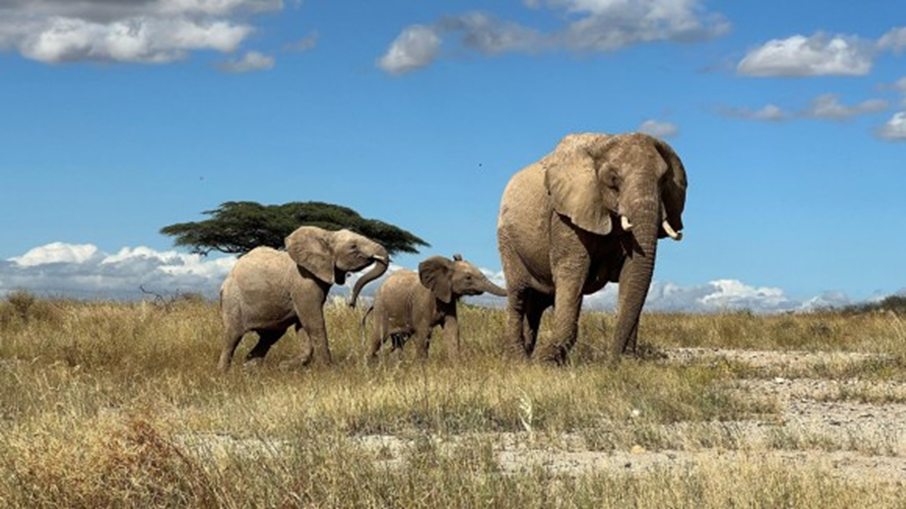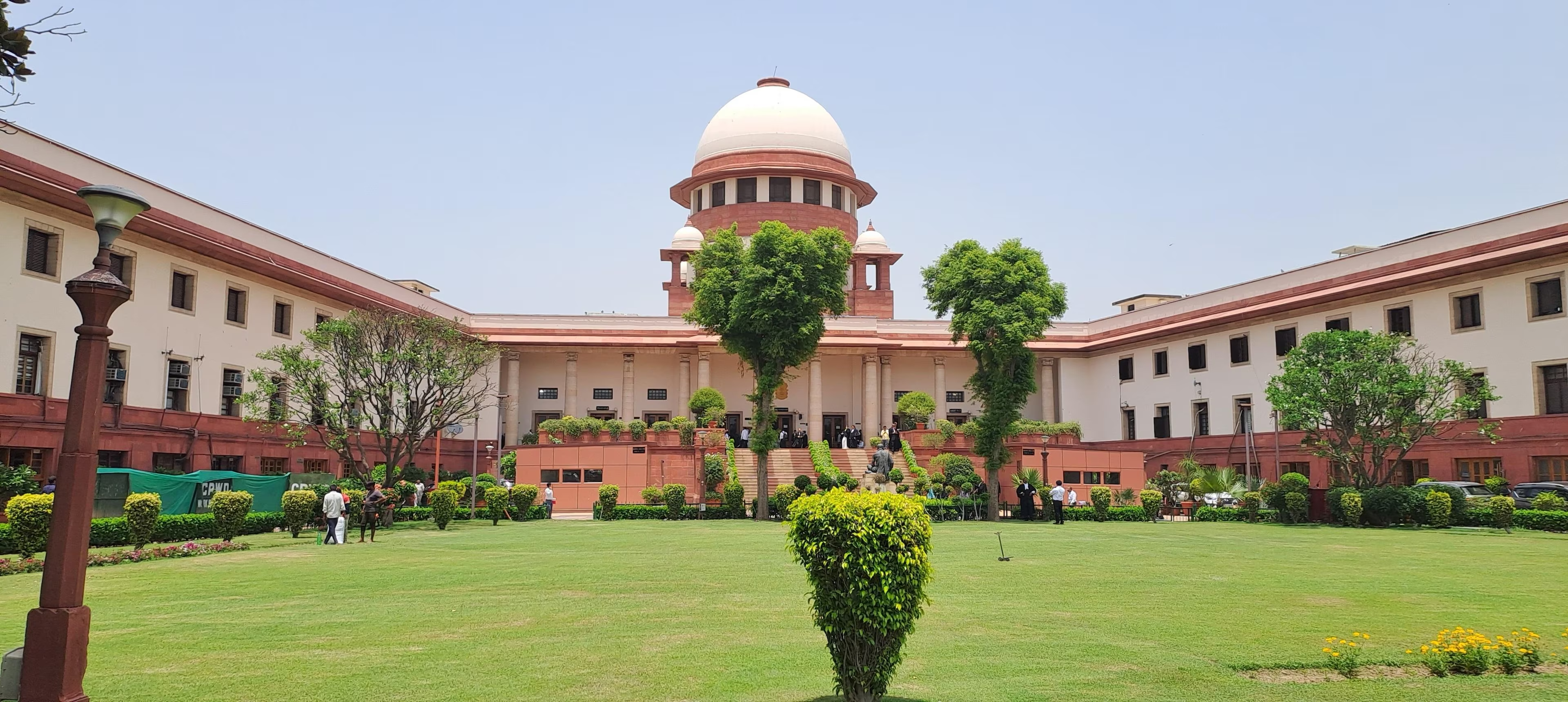- Courses
- GS Full Course 1 Year
- GS Full Course 2 Year
- GS Full Course 3 Year
- GS Full Course Till Selection
- CSAT
- 5 LAYERED ARJUNA Mentorship
- Public Administration Optional
- Online Program
- GS Recorded Course
- NCERT (Recorded 500+ Hours)
- Polity Recorded Course
- Geography Recorded Course
- Economy Recorded Course
- AMAC Recorded Course
- Modern India, Post Independence & World History
- Environment Recoded Course
- Governance Recoded Course
- Science & Tech. Recoded Course
- International Relations and Internal Security Recorded Course
- Disaster Management Module Course
- Ethics Recoded Course
- Essay Recoded Course
- Current Affairs Recoded Course
- ABOUT US
- OUR TOPPERS
- TEST SERIES
- FREE STUDY MATERIAL
- VIDEOS
- CONTACT US
How Elephants Are Counted and Why Policy Needs Rethinking
How Elephants Are Counted and Why Policy Needs Rethinking

In Oct, The Environment Ministry put on hold its elephant census report, titled “Status of Elephant in India 2022-23,” due to delays in the Northeast region. While the report detailing the status of elephants in the rest of India is ready, its release has been postponed until at least June 2025.
Declining Elephant Numbers
Data from the report shows a significant decline in elephant populations, especially in East-Central and Southern India. The losses are particularly severe in:
- Southern West Bengal: 84% drop
- Jharkhand: 64% drop
- Odisha: 54% drop
- Kerala: 51% drop
The report attributes these declines to “rapid development projects,” such as excessive mining and construction, which pose a serious threat to elephants.
Counting Methods and Issues
New Counting Techniques
- The Environment Ministry has indicated that the latest census used improved methods, which may not align with results from previous censuses conducted every five years since the 1990s.
- However, experts suggest that the new methods do not fully explain the drastic population declines in certain areas.
- For example, in the northern region, the numbers remained stable despite the new counting methods.
Previous Counting Methods
- Before 2002, India used a “total direct count” method, which simply counted the elephants seen.
- This method was found to be ineffective for large areas. In 2002, India shifted to the “indirect dung count method.”
- This involved counting elephant droppings along set paths in forests and using that data to estimate elephant populations.
- Around the same time, the “total direct count” was modified to “sample block counts,” where smaller areas (5 sq km) were surveyed to better estimate elephant numbers.
Comparison with Tiger Counting
- On World Elephant Day in 2021, the government announced plans to unify population counting methods for elephants and tigers.
- This new method divides the forest into equal-sized blocks and surveys signs of tiger presence, while also considering various environmental factors.
- The recent elephant census used a genetic mark-recapture model.
- Since elephants don’t have unique markings like tigers, researchers collected and analyzed dung samples to identify individual elephants through genetic markers.
Impact of Delayed Report
- Experts argue that regardless of the improvements in counting methods and logistical delays, the available results should be made public.
- A former member of the Environment Ministry’s National Board for Wildlife stated that withholding this data does not benefit science or governance and that the data should inform policy decisions.
Concerns Over Northeast Data:
An elephant researcher believes that even the Northeast data will likely show a 20-25% decline, indicating that the government is just delaying the inevitable acknowledgment of the downward trend.
Urgency of Action:
- A retired forest officer from Odisha warned that the delay could be harmful to elephant populations already facing threats.
- In specific areas like Odisha, issues such as mining and power lines have become urgent concerns that require immediate intervention.
Importance of Accurate Numbers
- In 2023, states like Karnataka, Tamil Nadu, and Kerala combined different counting methods to get a more reliable estimate of elephant populations.
- The unreleased report suggests this combined approach could be scaled up for future counts.
- The 2017 elephant census report emphasized the need to maintain consistency in methods to accurately track population trends.
- A senior forest officer noted that population estimates are crucial for understanding the health of species in the wild.
- When introducing new methods, it’s important to accept the new data as a reality check, rather than just focusing on improving numbers for public perception.
Conclusion
The way elephants are counted and the policies that follow are vital for their conservation. Accurate data helps us understand the threats they face and informs effective strategies for their protection. As declines continue, timely action is crucial to safeguard this iconic species.
Must Check: Best IAS Coaching In Delhi
UPSC Prelims Result 2024 Out: Expected Cut Off & Other Details, UPSC Prelims 2024 Answer with Explanation, Daily Prelims Quiz, Daily Current Affairs, MONTHLY CURRENT AFFAIRS TOTAL (CAT) MAGAZINE, Best IAS Coaching Institute in Karol Bagh, Best IAS Coaching Institute in Delhi, Daily Mains Question Answer Practice, ENSURE IAS UPSC Toppers, UPSC Toppers Marksheet, Previous Year Interview Questions, UPSC Syllabus




